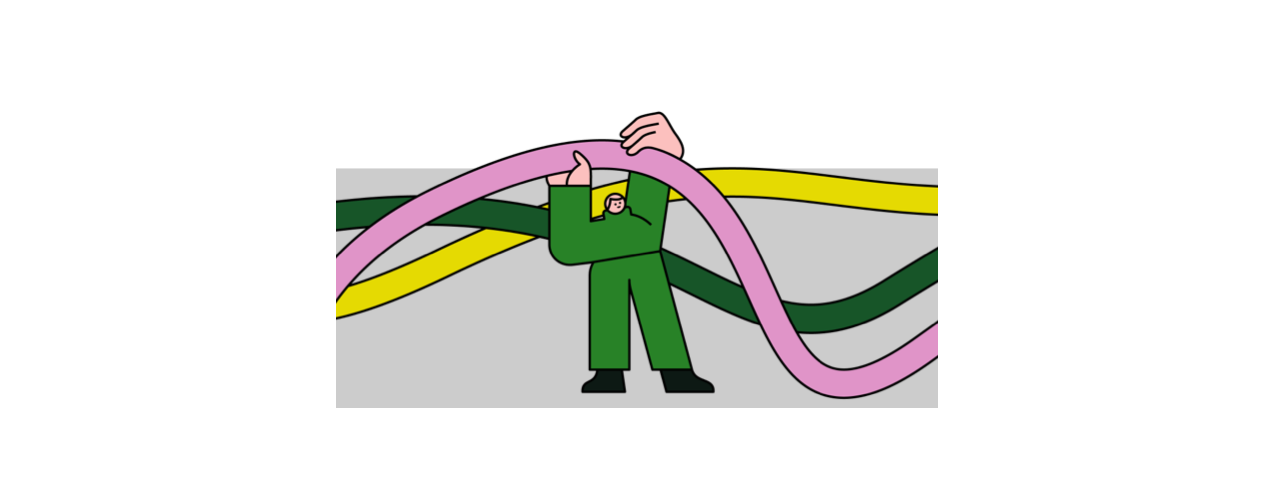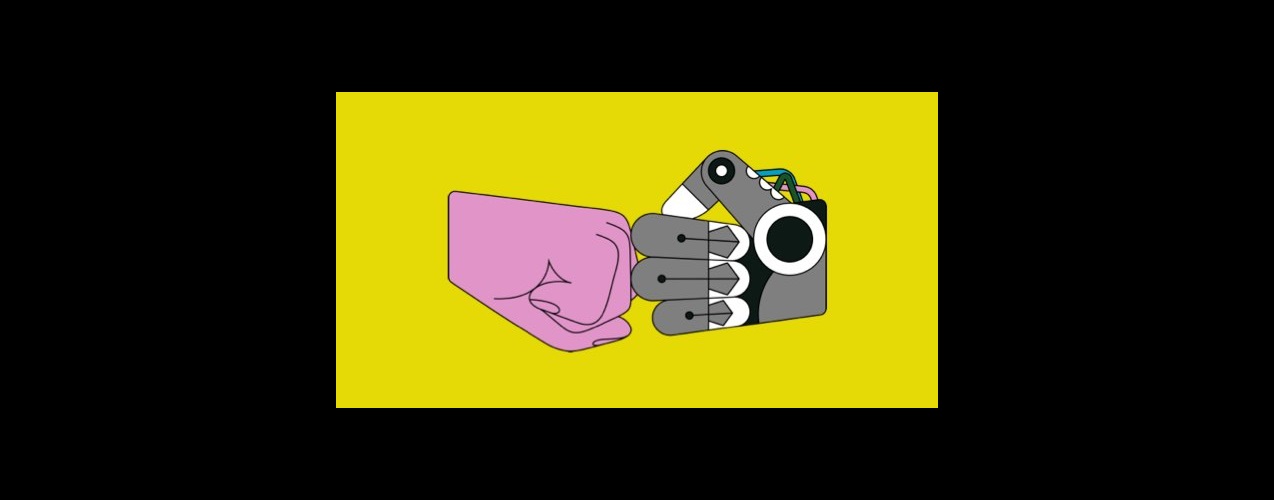
Data deluge
Navigating uncertainty via informed action

Vikram Mansharamani
Harvard lecturer and author

The current business environment is plagued by palpable and overwhelming uncertainty. Just think of the breadth of challenges leaders must face on a regular basis: Is the pandemic going to irreversibly alter the competitive landscape? How might climate change affect our customer base, supply chain, or operational capabilities? Could a poorly funded start-up rapidly leapfrog our offerings by gaining access to cheap capital?
Despite these apparently paralyzing questions, the pace and dynamism of today’s competitive business environment means that decision-makers at all levels of an organization do have to act. Sitting on one’s hands is not a viable business strategy. Instead, leaders should embrace a strategy of navigating uncertainty via “informed action”, the strategic use of analytics to actively extract insight from data without blindly deferring to it.
Informed action offers an antidote to the poison of information overload and its accompanying ailment of analysis paralysis. Driven by the promise of optimized action, but accepting our decision-making limitations, we tend to run headlong into the arms of experts and technologies that promise us salvation from our fear of missing out on the ideal choice. Artificial intelligence and machine learning offer hope; we are seduced into outsourcing our thinking to these embedded forms of expertise. But, by blindly relying on technological decision-aides, we may be securing a false sense of comfort.
Focused expertise can help, but context also matters. Informed action keeps one eye on the big picture.
In many situations, focus is an absolute positive. Who doesn’t want to be focused? Isn’t that why we engage experts who are focused deeply on a specific domain? But focus is a two-edged sword. While we rarely consider that “focusing deeply” is equivalent to “broadly ignoring”, an inappropriately tight focus might lead us to miss insights lurking in the shadows just outside of our spotlight. Sadly, this is exactly what most data analytics engines do – they tunnel our attention to the exact spot of inquiry, clouding potential insights from adjacent information. And when it comes to thinking about making decisions in the face of radical uncertainty, many of us are blinded by focus.
Have you considered, for example, that the increased use of agricultural products as transportation fuel (ethanol) might have been a contributor to the high food prices that generated the Arab Spring? Focusing only on the renewable fuels market may have ignored the impact on agricultural prices and fragile regimes with food-vulnerable populations.
One solution to over-zooming is to widen our area of attention. Far too often, we are so focused on the foreground that we may not see strong signals in the background. In fact, paying attention to a wider domain may enable us both to identify risks and to spot opportunities. Breadth, it turns out, can be as profitable as depth. Replacing the telephoto lens with a wide angle one is a key part of making informed actions.
In times of uncertainty, it may be more important to connect the proverbial dots than to generate new ones. Un-focusing to observe the big picture allows us not only to see the context but also to triangulate insights via multiple perspectives. It’s very hard to see the trees or the forest when you’re staring at bark. Stepping back can yield surprising and profound insights – like the wastewater surveillance that tested for COVID-19, enabling surges in cases and hospitalizations to be identified before they occurred. Connecting data points from upstream and downstream analysis (literally as well as figuratively) can prove fruitful.
Better outcomes can also be achieved by greater collaboration. Business decisions that might make financial sense but lack strategic rationale could be averted through greater collaboration before the decision is made. For example, consider the task of building a home. You can hire an architect who produces plans, and then retain a contractor to build the actual structure. But what if the architect and contractor collaborate throughout both the designing and building process? Construction complexity can be reduced, costs can be contained, and timelines can be achieved.
It’s also important to consider feedback loops because linear thinking can be misleading. Think about the well-intentioned policy of mandating seatbelts. Surely a good thing, right? We know that accidents have higher fatality rates when the driver is not wearing a seatbelt, so this policy seems to be a no-brainer. But do drivers who wear seatbelts drive differently once they are buckled up? Sadly, they do. Some drivers view the additional safety measures as enabling more aggressive driving, offsetting many of the accepted benefits. Another example: do football helmets protect players? The answer is not obvious, as the greater protection encourages harder hitting. This phenomenon, in which people tend to have a set “risk budget” and adjust their behavior accordingly, is known by academics as “risk homeostasis”.


Former Harvard Kennedy School Dean and diplomat Joseph Nye, in his book The Powers to Lead, explains how contextual intelligence is critical to good leadership. “Contextual intelligence implies both a capability to discern trends in the face of complexity and adaptability while trying to shape events,” he says. Let’s focus on his last tidbit – the part about shaping events. That’s exactly what informed action tries to do: to act in a way that produces an advantageous outcome.
In today’s highly interconnected and dynamic environment, comprehensive, dot-connecting thinking enables informed action – an activity that embraces uncertainty, appreciates dynamics that confound reductionism, and becomes a moment of value-creation. Informed action allows stressed-out leaders to make zoomed-out decisions.
American baseball legend Yogi Bera once noted “the future ain’t what it used to be”. That shouldn’t paralyze leaders. Today’s overflowing pools of data have plenty of answers; what we need is a new approach to asking questions. We can – and must – depend on analytical support tools, but we should do so mindfully, with full awareness of the autonomy we are ceding. We must learn to think for ourselves and keep technologies and experts on tap, not on top. Ultimately, I believe the key is to own the question, then let decision-aides provide answers using real-time and hyper-contextual data that drives informed action

Vikram Mansharamani
Harvard lecturer and author
Dr Vikram Mansharamani is a global trend-watcher and lecturer at Harvard University. He is also the author of Think for Yourself: Restoring Common Sense in an Age of Experts and Artificial Intelligence. In addition to teaching, Dr Mansharamani advises Fortune 500 CEOs on navigating uncertainty in today’s dynamic business and regulatory environment.








